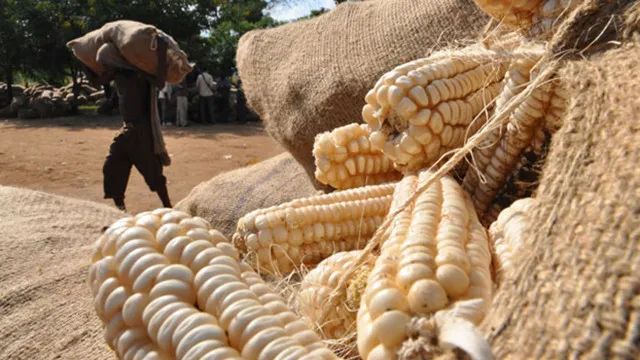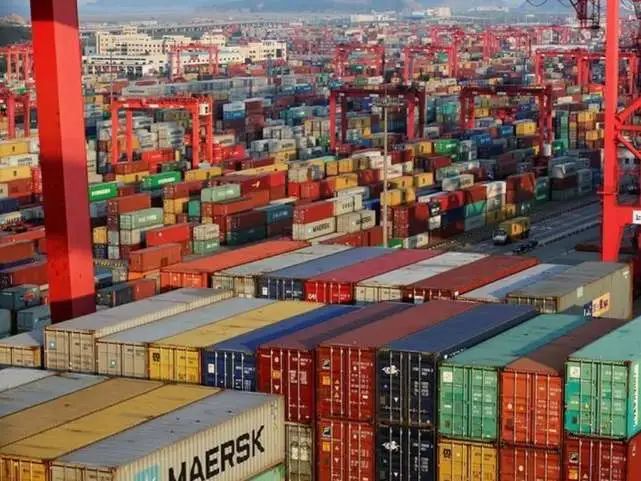According to Reuters on the 23rd, industry sources and sales data show that Argentina’s barley exports to China will soar to a record 1 million tons in 2021.
The report pointed out that in previous years, Australia was the largest supplier of barley imports from China, but China turned away from it amid tension between China and Australia.
Industry insiders in Argentina and China revealed that the sales boom highlights how the South American cereal power filled the supply gap after China imposed an 80.5% tariff on Australian wheat.
According to the export declaration received by the Argentine Ministry of Agriculture, 1.1 million tons of barley have been sold so far this year, and traders say almost all of the barley has been sold to China, the world’s second largest economy.
Agustin Baque, an international barley agent in Argentina, said: “It is obvious this year that all Argentine barley exports will flow to China.
I estimate that China will buy an additional 400,000 tons in the next few months.” Last year, Argentina exported 298,000 tons of feed barley to China, which set a record at that time.
The report pointed out that most of Argentina’s barley exports were “re-routed” from Saudi Arabia.
Saudi Arabia feeds camels with barley, and Saudi Arabia has been the main buyer of (Argentine barley) until it began to take advantage of the “Australian barley surplus”.

The report predicts that China is importing a large amount of grain to feed the rebuilding of pigs and seeks to use other grains to fill the gap in domestic corn.
A trade source with China said that at least 900,000 tons of Argentine barley are expected to be exported to China in 2021, and the actual export volume may be higher.
A second source from the Chinese industry said: “Argentina’s barley exports to China have soared, which is setting a record high.” Argentina plans to send 500,000 tons of barley to China from February to March, he added.” The main reason is also to fill the gap left by Australian barley.
The report mentioned that other beneficiaries of China’s barley demand include France, Canada and Ukraine. Argentine barley is sown in June, and harvesting work ends in January.
Buck said: “China has purchased cargo from Argentina full of three Panama-type cargo ships, each carrying 60,000 tons, which will be delivered in January 2022. This is a very good signal for barley farmers, because it shows that China’s demand will be very active in the new season.”

Eugenia Rul, chief analyst at the Bahia Blanca Grain Exchange, also believes that the industry outlook is optimistic, partly due to high international food prices.
“We believe that as long as the situation in China and Australia continues, the demand from China may remain dynamic,” Ruhr said.
Buck said he expects Argentina to produce 4.2 million tons of barley in 2021-2022, up from 3.8 million tons in 2020-2021.
Producers added that due to Chinese demand and the possibility of Argentine government intervention in the wheat market, Argentine farmers may suspend wheat cultivation this year and instead grow barley.
Recently, farmers were disturbed by the Argentine government’s statement that it was considering restricting wheat and maize exports to slow down the rise in domestic food prices.
Due to peasant opposition, the Argentine government abandoned the plan.



